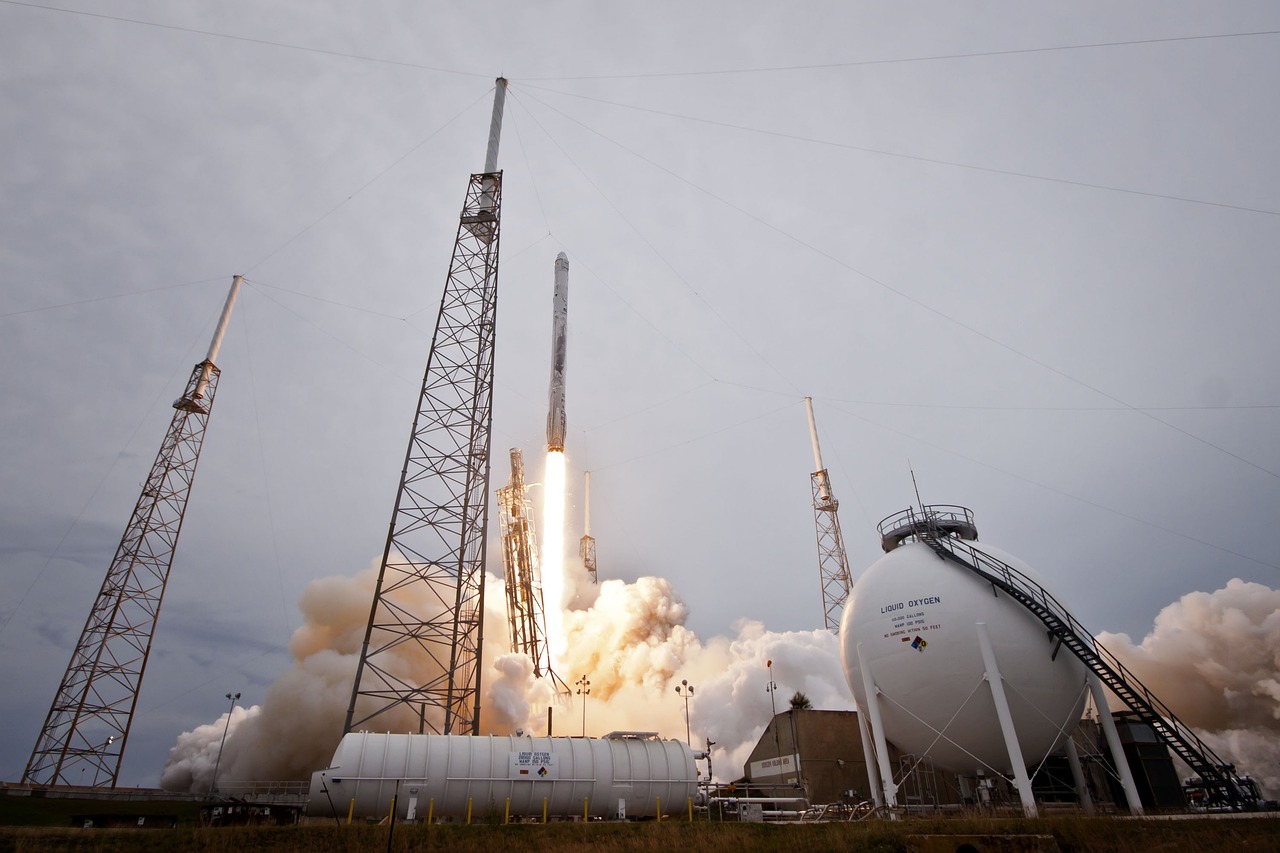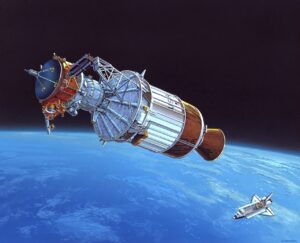The Atlas V rocket, a cornerstone of United Launch Alliance’s (ULA) fleet, successfully launched from Cape Canaveral Space Force Station, marking a significant milestone for the U.S. Space Force. This mission, a critical part of the Space Force’s efforts to enhance national security and expand space capabilities, underscores the vital role of space technology in modern defense strategies.
A Key Milestone for the U.S. Space Force
The launch of the Atlas V rocket represents a pivotal moment for the U.S. Space Force, the military branch established to oversee space operations and protect U.S. interests beyond Earth’s atmosphere. This mission is not just another launch; it signifies the ongoing commitment of the U.S. to maintain a strong presence in space, a domain increasingly recognized as essential for both national security and economic growth.
The payload carried by the Atlas V rocket includes a cutting-edge satellite designed to improve the U.S. Space Force’s ability to detect and track missile launches, a critical capability for national defense. The satellite, equipped with advanced sensors and communication systems, will enhance the military’s situational awareness and provide vital data to decision-makers.
United Launch Alliance: A Trusted Partner in Space
United Launch Alliance, a joint venture between aerospace giants Lockheed Martin and Boeing, has been a reliable partner for the U.S. government in delivering critical payloads to space. The Atlas V rocket, known for its versatility and reliability, has been a workhorse in the ULA fleet, with numerous successful launches under its belt.
This latest mission highlights ULA’s expertise in space launch services and its commitment to supporting the U.S. Space Force’s objectives. The company’s track record of successful launches has made it a trusted partner in the aerospace industry, providing safe and reliable access to space for both government and commercial customers.
The Atlas V Rocket: Engineering Excellence
The Atlas V rocket is an exemplary piece of engineering, showcasing the advancements in rocket technology and design. This particular launch utilized the Atlas V 401 configuration, featuring a single common core booster powered by a Russian-built RD-180 engine. The rocket’s upper stage is equipped with the Centaur upper stage, powered by a RL10 engine, which provides the necessary thrust to place the payload into its designated orbit.
The rocket’s design ensures high reliability and performance, with a proven track record of success. The RD-180 engine, known for its efficiency and power, plays a critical role in the rocket’s ability to carry heavy payloads to a variety of orbits. The Centaur upper stage, with its precise guidance and control systems, ensures that the payload reaches its intended destination with pinpoint accuracy.
Advancements in Satellite Technology
The satellite launched on this mission is a testament to the advancements in satellite technology and the increasing importance of space-based assets for national security. This satellite, part of a broader constellation, will provide enhanced capabilities for detecting and tracking missile launches, as well as other activities of interest.
Equipped with state-of-the-art sensors and communication systems, the satellite will relay critical data to ground stations, enabling real-time analysis and response. The integration of artificial intelligence and machine learning algorithms further enhances the satellite’s ability to process vast amounts of data, providing valuable insights and actionable intelligence.
Strategic Implications and Future Missions
The successful launch of the Atlas V rocket and the deployment of this satellite have significant strategic implications for the U.S. Space Force and national security. As potential adversaries develop more sophisticated missile technologies, the ability to detect and track these threats becomes increasingly vital. The data provided by this satellite will enhance the U.S. military’s ability to anticipate and respond to potential threats, ensuring the security of the nation and its allies.
Looking ahead, the U.S. Space Force and ULA have a series of planned launches, each contributing to the broader goal of maintaining and enhancing U.S. space capabilities. These missions will involve the deployment of additional satellites, upgrades to existing systems, and the exploration of new technologies to ensure the U.S. remains at the forefront of space exploration and defense.
Conclusion
The successful launch of the Atlas V rocket on this milestone U.S. Space Force mission is a significant achievement, highlighting the critical role of space technology in modern defense strategies. United Launch Alliance’s expertise and reliability, coupled with the advanced capabilities of the deployed satellite, underscore the importance of continued investment in space capabilities.
As space becomes an increasingly contested domain, the U.S. Space Force’s ability to secure and protect U.S. interests in space is more important than ever. This mission marks another step forward in ensuring that the U.S. remains a leader in space exploration and defense, with the Atlas V rocket playing a crucial role in that journey.












